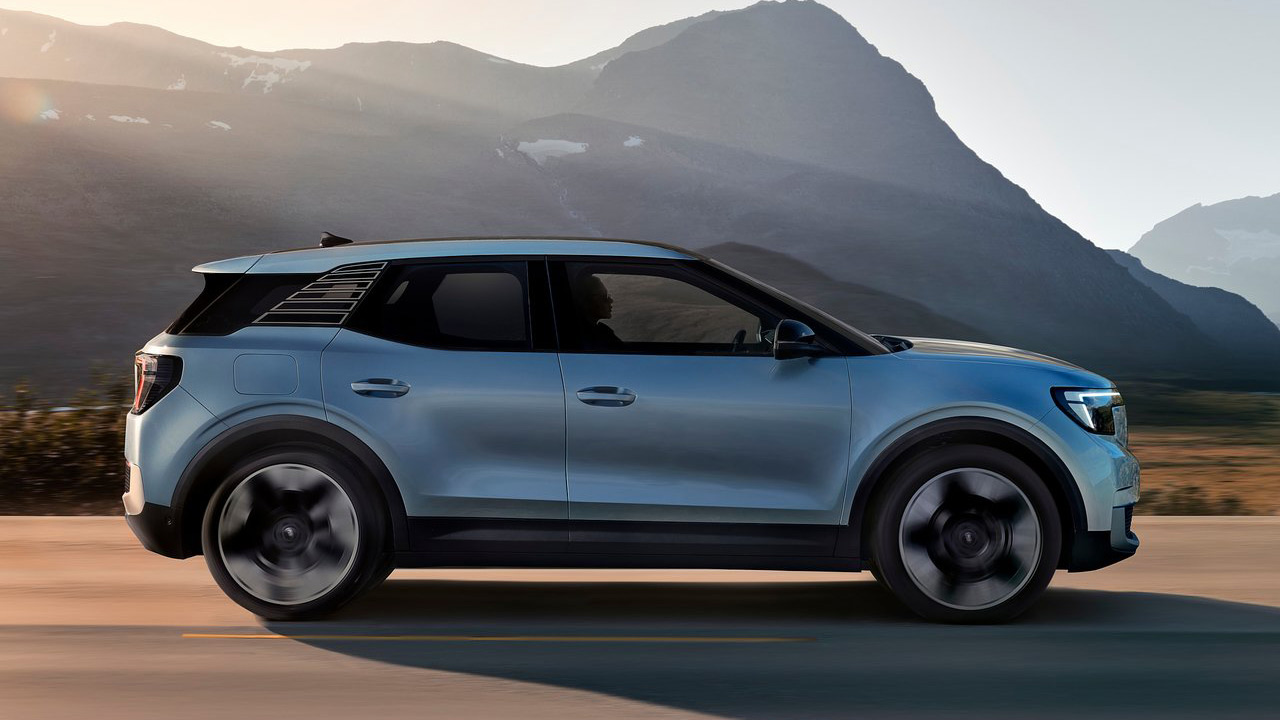Ford's change of plans comes as new electric car buyers are becoming more cost-conscious. The market is also getting crowded, with many new electric vehicles set to arrive in the next 12 months.
Instead of the large electric SUV, Ford will now focus on developing new hybrid three-row SUVs. The company has also cut back on its electric vehicle investment. Previously, 40% of Ford's total investment went to EVs. Now, it's down to 30%.
Ford's T3 electric pickup truck has been pushed back too. It was supposed to launch next year, but now it won't hit the market until the second half of 2027. The delay will let Ford adapt the model to use less expensive batteries.
In the US, Ford is moving away from larger electric SUVs. But in Europe, the company plans to focus on more affordable electric SUVs. Ford will launch a successor to the Fiesta around 2026 and a replacement for the Focus around 2027. The Ford Puma Gen-E, an electric SUV, will come out later this year.
Marin Gjaja, the Chief Operating Officer of Ford's Model E division, talked about the company's plans:
"If you look at our line-up globally, at this point we don't really have much in the affordable segment. The key for us is to be affordable, differentiated and profitable. For too long we stayed in the affordable segment, either at break-even or losing money."
Gjaja also pointed out a big challenge:
"The question is: how do you compete in that segment, especially if you have got a very low-cost manufacturing location like China pumping out affordable vehicles? That's the dilemma. There's no question that if we're going to be a true mass brand, we want people to graduate to a vehicle like Explorer, but where do you start them? That's what we're doing in the US with an affordable platform, and there's no reason why that platform wouldn't be able to create products for Europe as well."
Ford faces tough competition from low-cost manufacturers, especially those in China. The company aims to create affordable, different, and profitable vehicles to become a true mass brand. Their strategy involves developing affordable platforms that can work for both the US and European markets.
Source: Autocar

